Change Starts at Home
/I realized recently that it's been a year since I last wrote on The Changebase. While I don't like to make excuses, I think I've got a pretty good one: motherhood. In January 2013, my husband and I welcomed our wonderful little boy. Little did we know what a journey we were about to embark on.
Over the course of my first nine months as a parent, I've reflected often on the topic of community. When I started this blog, I set my focus and intentions around communities of change – high impact, innovative people and organizations doing great work out in the world. When I went on maternity leave last December, my own personal community of change was redefined, becoming stronger, tighter and ultimately much more meaningful than I could have imagined.
I've always believed in the 'it takes a village to raise a child' mentality, and I've learned firsthand that my child is truly a village baby. We're incredibly lucky that our inner circle of family and friends have stepped up and supported our little family during this daunting, scary and amazing time of transition and change. There's no way we could have grown into the happy trio we now are without the love and support of our greater community.
This past weekend I went to the Net Impact conference in San Jose and spent much of my time there continuing to reflect. Last year at the conference I was 7 months pregnant; now I am mother to an almost one year-old! And yet, like always I felt wrapped up in the warm arms of that incredible community.
The theme of the conference was Change Starts Here. Each of the keynotes focused on various elements required to create lasting change: leadership, a network, dialogue, an idea. As I sat in the keynotes and many of the sessions, I thought about the kind of change I want to create in the world, and what I need in order to get there. Like any new mom, I face the internal (and sometimes very visible, external) struggle of balancing my career aspirations and dreams with an almost-primal urge to soak up every moment I can with my son. Let's just say that while the conversation about work-life balance for working moms has been carrying on for decades, all of a sudden it feels very relevant to me.
What I'm learning is there's no resolution, no end-point to this conversation. Rather than a period, it's a comma – or maybe a run-on sentence that twists and turns and never lets you know where it's going. Some days work feels like my #1, my purpose and my focus. But then I come home, racing in the front door in time for playtime and bath time, and I think to myself: how could I possibly miss this? What could ever be more important than this moment, right here and now?
In the end, I'm starting to see that there's a ebb and flow to this new way of living. A give and take between any number of identities that I hold true and core to me, to Ashley. I'm a mom – and I love being a mom. I'm a professional – and I find fulfillment through working. And I'm lots of things in between. Sometimes one part of me shines through more than the others, but these parts of me are always there. Working in tandem to make up the whole.
No where was this more evident than at Net Impact's three-day conference. For two of those days, I poured myself into the schedule, the networking and the learning. I was inspired and energized, and eagerly awaiting day 3. Yet as I pulled into my driveway at the end of a long second day, I turned inward and asked myself, "if I could do anything tomorrow, what would it be"? The answer rang loud and clear: family. So, on day 3 of Net Impact – while my twitter feed hummed with conference insights and learning from just down the road – I stayed home with my son and husband for some time together. And it was a great day.
When I think about where change starts and how it happens, I agree: it starts with leadership and networks and a big idea. But in my definition of change, it also starts with my family. I'm not yet sure exactly what my mark on the world will be, or ultimately how I'll create my own community of change. But I do know that investing in my son, helping him grow into the person he's meant to be and building a community around him is one big way I'll get there. Change may start in many ways, but sometimes – in my world – it starts at home.


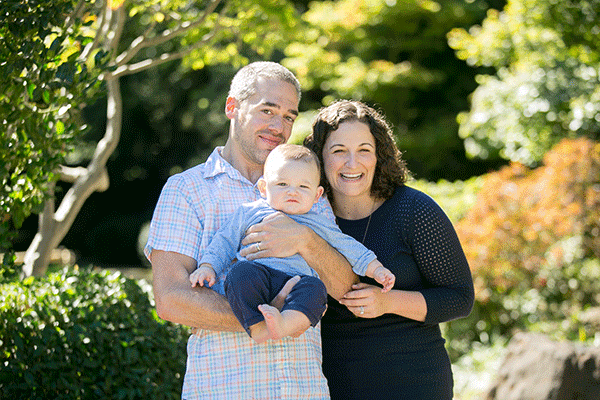
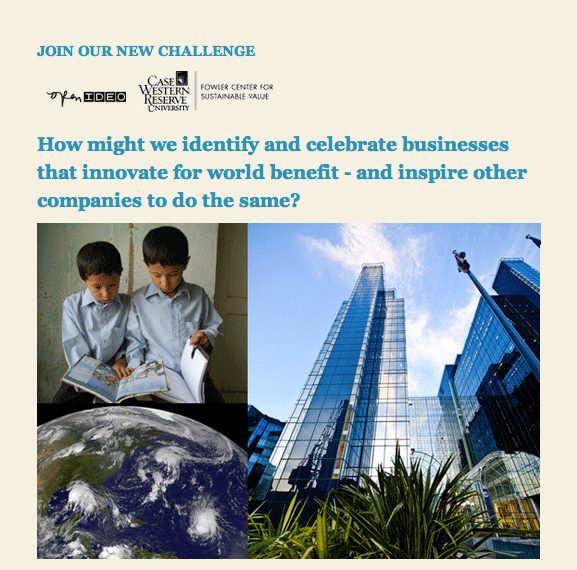
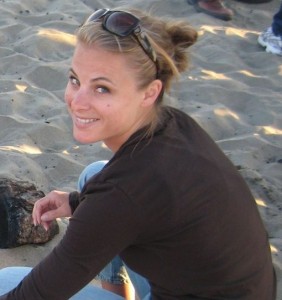 One topic that comes up often in CSR discussions is social intrapreneurship (in fact, it’s something
One topic that comes up often in CSR discussions is social intrapreneurship (in fact, it’s something 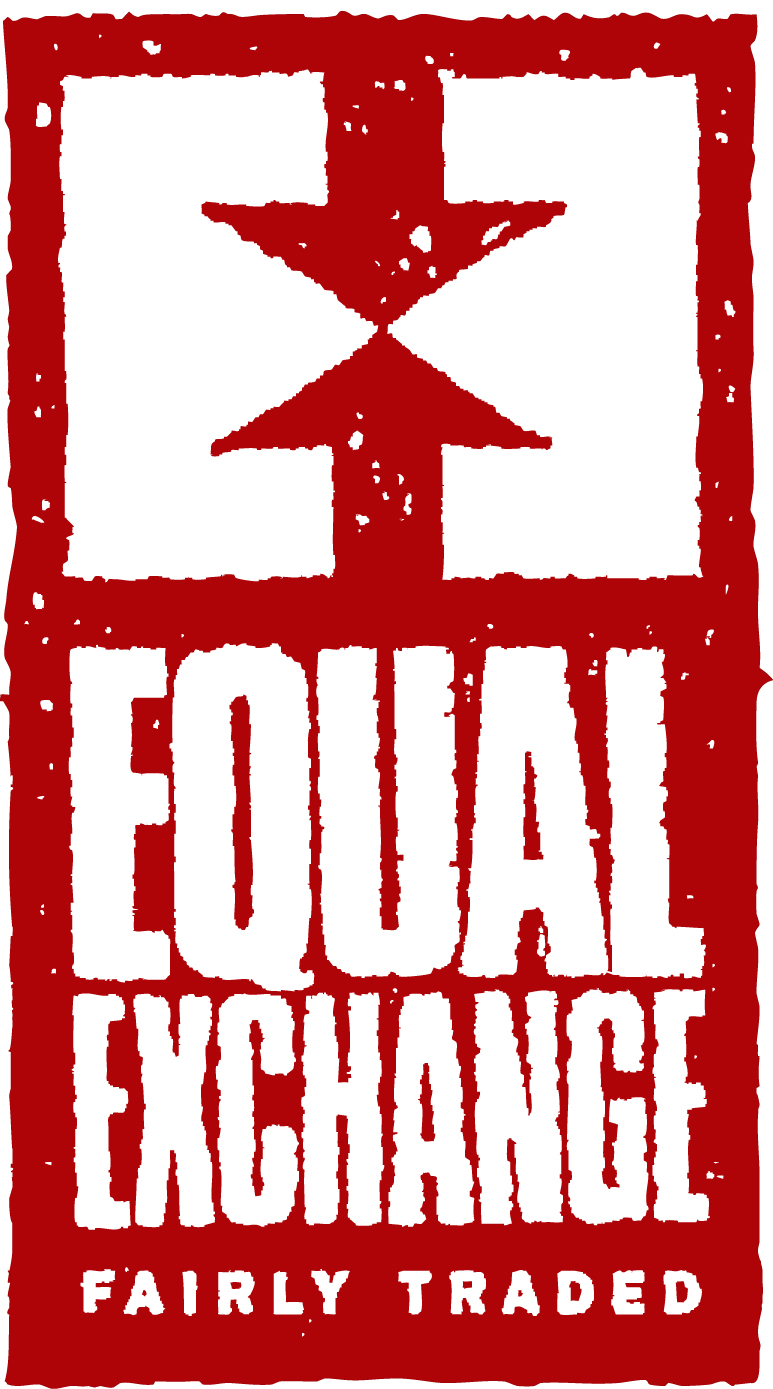 How many of you have heard of
How many of you have heard of 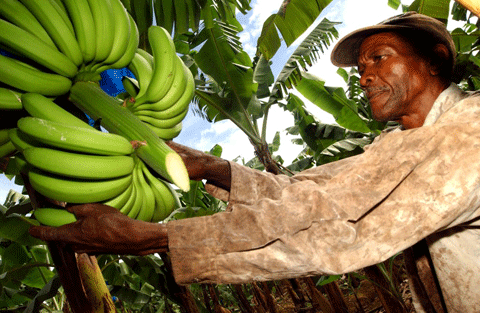


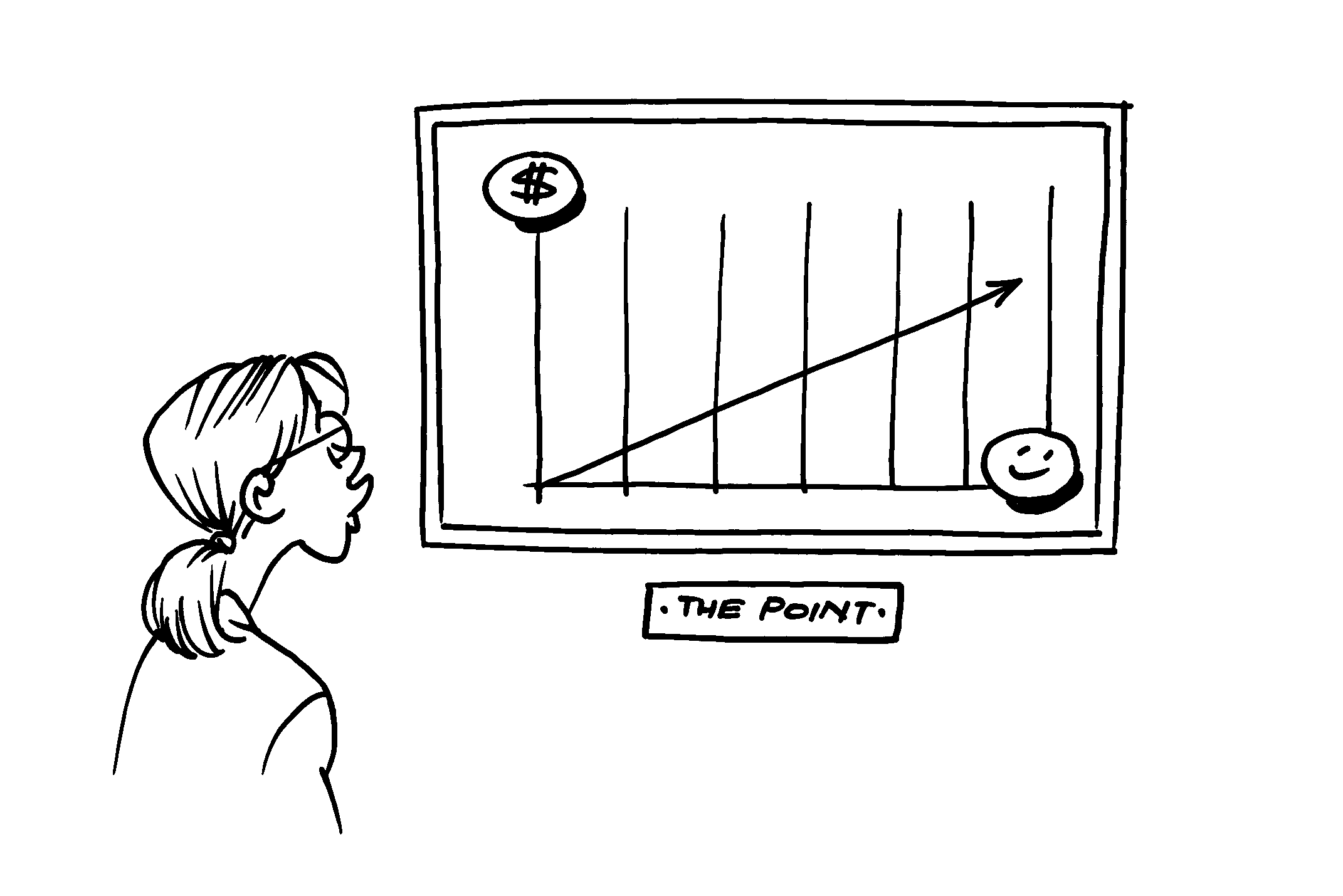 Thus, in essence, CSR leads to engaged employees which leads to increased returns for business. And voila - the business case for CSR in a nutshell!
Thus, in essence, CSR leads to engaged employees which leads to increased returns for business. And voila - the business case for CSR in a nutshell!